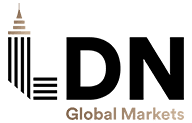Gold prices opened the week with a slight decline, giving back part of the gains recorded in the previous week. This pullback came after U.S. President Donald Trump announced a postponement of the planned 50% tariffs on European Union imports. The decision led to a decrease in safe-haven demand for gold, although the downside remained limited due to ongoing pressure on the U.S. dollar and reduced investor appetite for U.S. Treasuries.
Markets continue to react sensitively to statements coming out of Washington, especially in the absence of a clear political vision on trade. The softer tone from the U.S. administration regarding tariffs has not eliminated investor concerns; on the contrary, it has amplified market uncertainty due to inconsistent policy signals that keep investors bracing for surprises.
Despite technical pressure to the downside, gold remains supported by the continued weakness in the dollar and growing fears of stagflation concerns that have been further emphasized by warnings from Federal Reserve officials. These dynamics justify investors’ continued positioning in gold as a hedge against potential volatility in monetary policy and the bond market.
Citi Group revised its gold price outlook, raising its short-term target to $3,500 per ounce, citing increased trade tensions, particularly after the latest U.S. threats to impose tariffs on the EU. At the same time, the bank expects gold to trade within a sideways range between $3,100 and $3,500 in the coming period, offering clear opportunities for speculative activity within that band.
Despite this short-term bullish outlook, Citi maintains a more cautious stance over the long term. The bank points to several downside risks, including the potential slowdown in global growth, the approaching U.S. midterm elections, and the likelihood of Federal Reserve rate cuts. Additionally, Citi noted that household gold holdings have reached their highest level in half a century, which could lead to future profit-taking and corrective moves in the market.
As for industrial metals, Citi kept its price targets unchanged for platinum at $1,050 per ounce and for palladium at $900. The bank stated that the recent uptick in platinum prices was driven more by short-term news than by actual improvements in industrial demand, which may limit the sustainability of those gains.
The report also highlighted that approximately 0.5% of global GDP is currently allocated to gold purchases an unprecedented level in over 50 years. This trend reflects a sharp increase in investment demand in an environment where traditional recession pressures are absent, alongside continued strong demand for jewelry, particularly in major markets like China and India, despite gold trading near record highs.
Stay informed about global markets through our previous analyses. and Now, you can also benefit from LDN company services via the LDN Global Markets trading platform.







